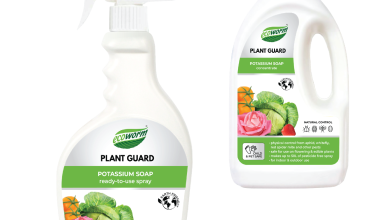How to grow and cure Alocasia?
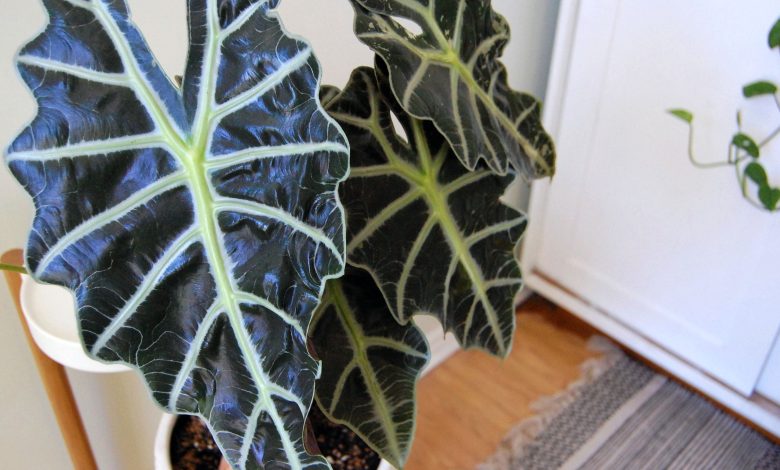
If we talk to you about the Alocasia, surely this plant does not sound very familiar to you. If we refer to it as the Elephant Ear, it may be somewhat more familiar. But if we are talking about a plant with huge leaves that we find in many gardens, then it is very likely that you already know what it is.
Currently, there are many plant species that have been adapting to our environment, so that today we can include jungle plants in our garden. One of them is the Alocasia, one of the best known outdoor plants with large leaves. In fact, the nickname of this plant is the elephant ear, thanks to leaves that can reach 150 centimeters long , in the case of the Giant Alocasia.
If you are interested in including this plant in your garden or even in your home, the good news is that there are different varieties that adapt to different environments. In addition, despite its tropical character, it is not a species with extreme demands in terms of climate. So that you have everything clear, we summarize everything you need to know about this plant in our guide.
Characteristics of Alocasia
The Alocasia is a genus of plants belonging to the Araceae, which includes different forms from Southeast Asia . They are plants that are always green and have an underground rhizome. This is responsible for keeping the plant always green, as it functions as a nutrient reserve organ, similar to a root. From this part arise the leaves and flowers, although the latter are scarce.
The Alocasia or elephant ear plant is recognized by the large size of its leaves. These dress any garden with color and give a very attractive look to any environment. They offer a beautiful intense green color, although depending on the different varieties we find leaves that range from purple to bronze. In all of them, the ribs of the plant are obvious.
Regarding the varieties, the main ones are the Alocasia Cuprea, purple-green in color and with 70-centimeter leaves. We also have the Alocasia Macrorrhiza, which can reach 5 meters in height and has oval leaves. Alocasia Sanderiana has longer leaves topped with metallic veins, while the conventional Alocasia Cucullata is a classic among indoor plants.
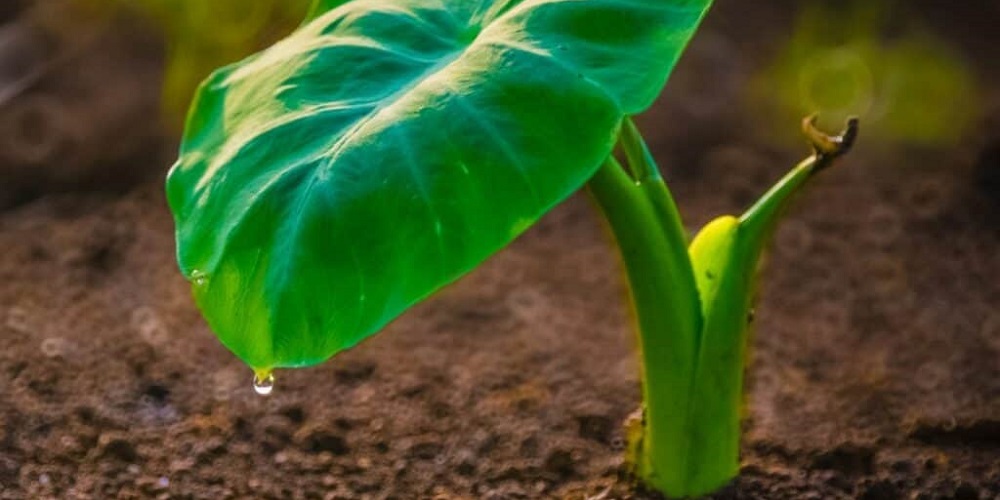
The cultivation of Alocasia
Despite being a tropical plant, its cultivation is not too complex. The proof is that the ideal temperature for cultivation ranges from 20 to 24 degrees , and should not drop below 15 degrees during its initial phase. This species requires good lighting, although it should not be exposed to direct sunlight. In addition, it is important to rotate potted plants, since the leaves have a tendency to move towards the sun.
During the early stages of cultivation, it is convenient to keep the plant indoors, moving it outside once the pleasant temperatures of spring begin. When autumn begins, once the temperature drops below 15 degrees, it should be stored indoors again.
Regarding irrigation, this should be carried out generously during the hot season, from spring to summer. Once autumn arrives, watering will be reduced to what is necessary to keep the soil slightly moist. Too much water can rot the rhizomes. It is recommended to clean the leaves, either with the water from the shower or with that of the watering cans that you use for irrigation.
Another key aspect of the crop is the fertilizer of the Alocasia. This is done from spring to the end of summer, mixing liquid fertilizer with the irrigation water. It is necessary to use specific products rich in nitrogen, phosphorus and potassium, as well as other microelements such as zinc or boron. This process should be repeated every 3 or 4 weeks , depending on the state of the plant. By the way, it is recommended to slightly reduce the doses compared to what the manufacturer usually indicates, so as not to saturate the plant.
In this guide we have not talked about pruning, since it is not necessary. All we have to do is remove sick or old leaves, which are recognized by their yellow color. Apart from this general maintenance, it is not necessary to carry out specific pruning of the plant.
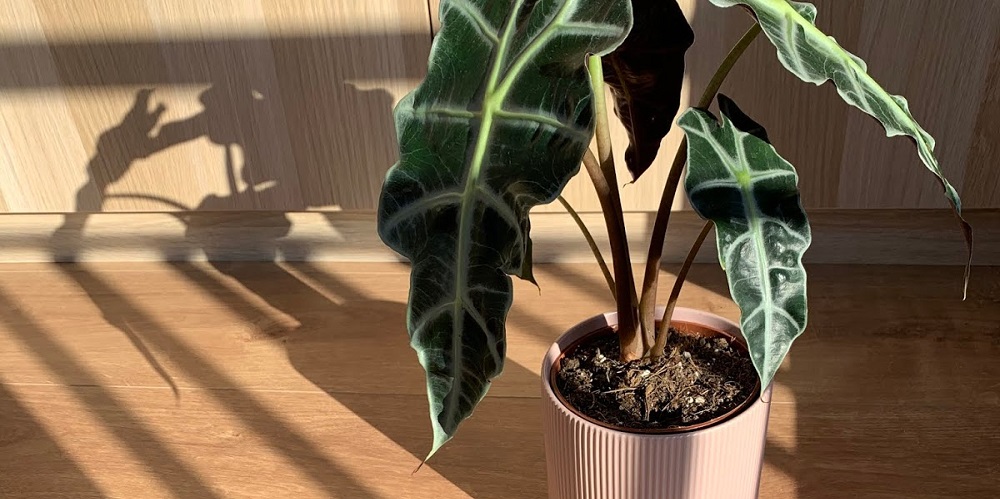
How to Cure an Alocasia
Due to its characteristics, the Alocasia is a plant that suffers from different problems, both its own and those caused by external agents. Among them, we have the yellowing of the leaves, which is due to insufficient watering. It is advisable to increase the irrigation, although without exceeding it. If the leaves darken and wither, this is due to the action of direct sunlight. It is necessary to relocate the plant and remove the affected leaves. It is also possible that the leaves lose brightness and show brownish areas. In this case, the problem is derived from a lack of payment.
However, if what appears are brown spots on the underside of the leaf, they may be caused by Alocasia pests. Among them, we have the cochineal, in its conventional variety, brown or cottony. Depending on the affected area, it is enough to wash it with water and neutral soap, if the affectation is small, or resort to specific products for these pests, if the infestation is greater. The earlier it is detected, the better.

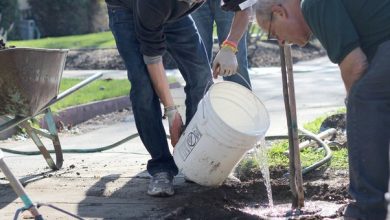
![Photo of Chrysanthemum: [Types, Care, Multiplication and Irrigation]](https://www.complete-gardening.com/wp-content/uploads/2022/08/chrysanthemum-types-care-multiplication-and-irrigation-390x220.jpg)
![Photo of Prune Autoflowering: [Importance, Time, Tools, Considerations and Steps]](https://www.complete-gardening.com/wp-content/uploads/2022/08/prune-autoflowering-importance-time-tools-considerations-and-steps-390x220.jpg)
